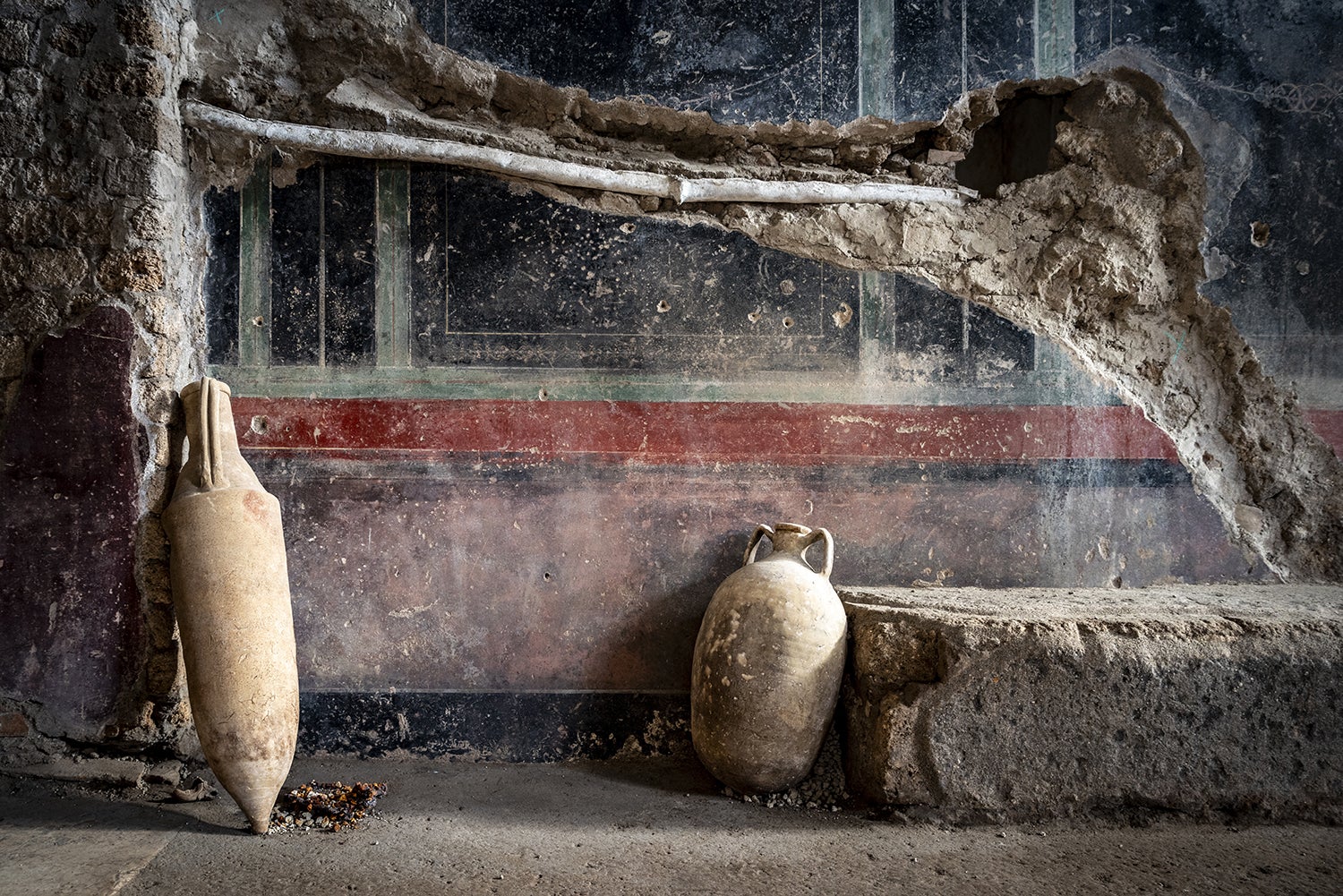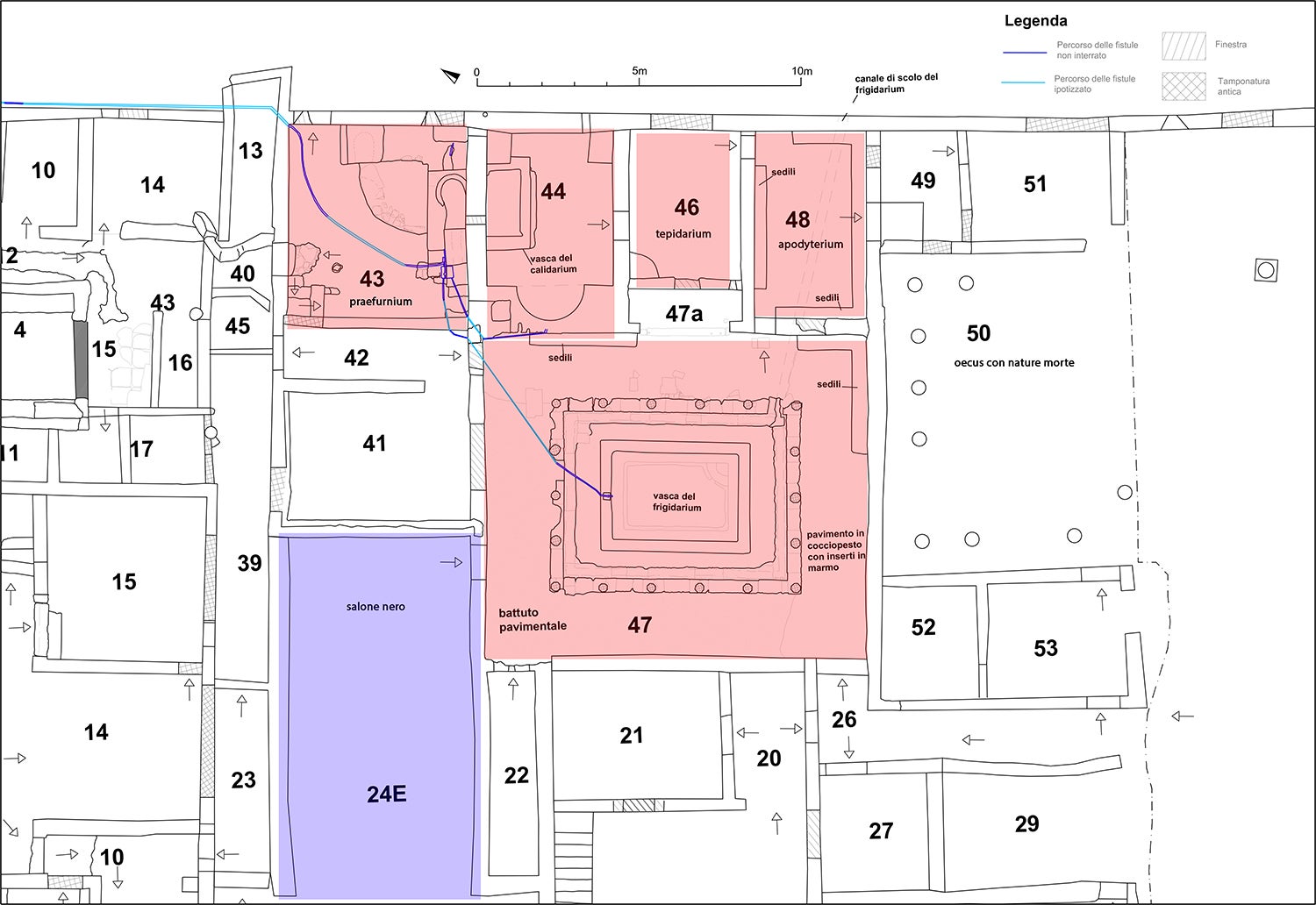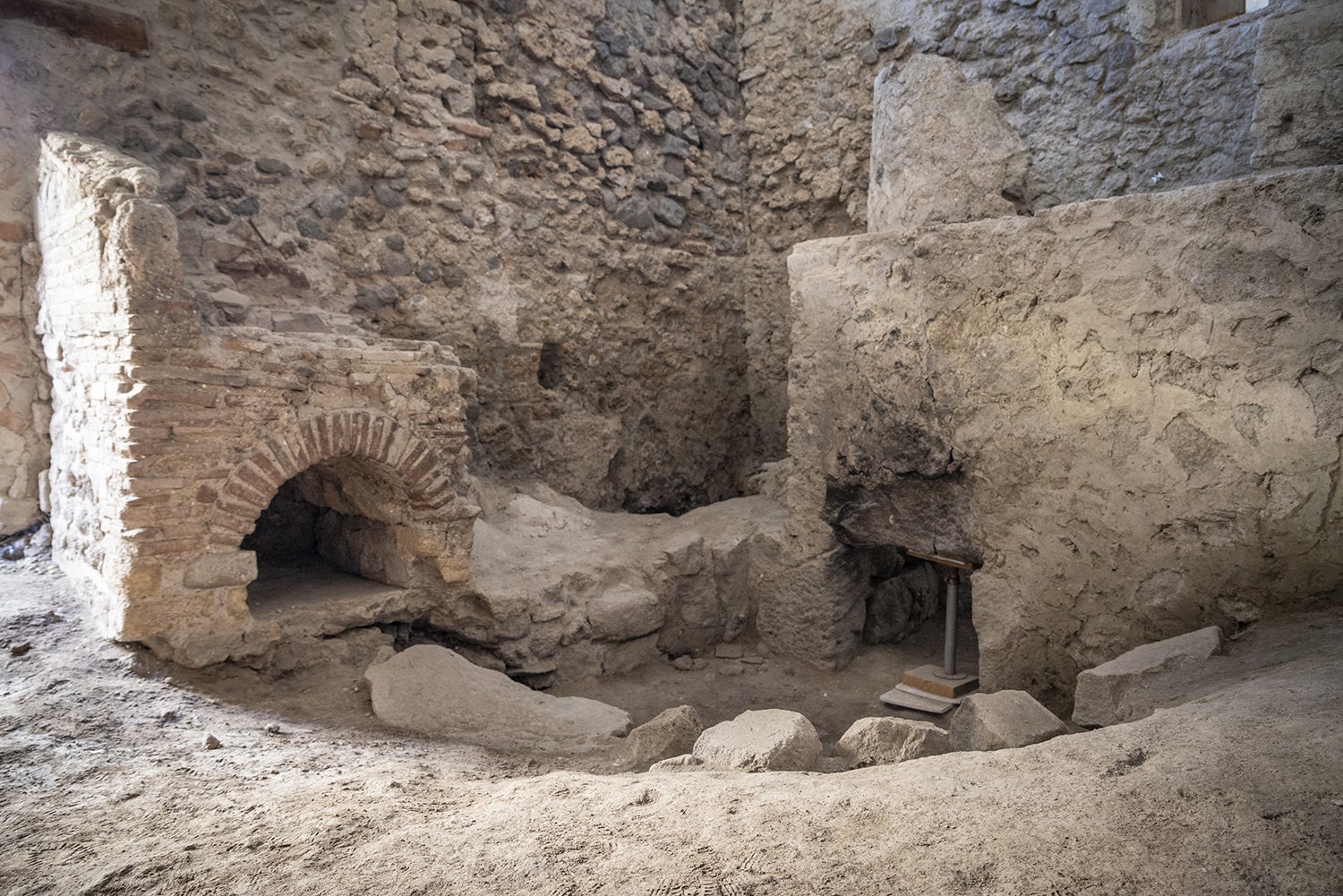Your support helps us to tell the story
From reproductive rights to climate change to Big Tech, The Independent is on the ground when the story is developing. Whether it’s investigating the financials of Elon Musk’s pro-Trump PAC or producing our latest documentary, ‘The A Word’, which shines a light on the American women fighting for reproductive rights, we know how important it is to parse out the facts from the messaging.
At such a critical moment in US history, we need reporters on the ground. Your donation allows us to keep sending journalists to speak to both sides of the story.
The Independent is trusted by Americans across the entire political spectrum. And unlike many other quality news outlets, we choose not to lock Americans out of our reporting and analysis with paywalls. We believe quality journalism should be available to everyone, paid for by those who can afford it.
Your support makes all the difference.
Read more
Archaeologists have been given a new insight into what life in Pompeii was like after discovering a spa-like complex that has been described as a “once-in-a-century” find.
What is thought to be one of the largest private bathhouses in the city has been uncovered after it lay buried underneath metres of volcanic rock for centuries.
The chambers – complete with a large plunge pool, and hot, warm, cold and changing rooms – could accommodate up to 30 people and were found at the heart of a grand residence.
Archaeologists at the site believe the discovery sets an example of how private homes were used as a “spectacle” to gain favour with others.
The baths were found near the house’s banquet hall, suggesting the Roman residence lent itself to being a “stage for celebration” that goes beyond what we would consider a “private space” by today’s standards.
“Everything was functional to the staging of a ‘show’, at the centre of which was the owner himself,” Dr Gabriel Zuchtriegel, director of the Archaeological Park of Pompeii said.
open image in gallery
“[The baths are] an example of how the Roman domus served as a stage for the spectacle of art and culture that the owner staged to acquire votes or gain the benevolence of the guests.”
The bathhouse is the latest discovery made in this particular house in Pompeii. Last year, the huge banqueting hall with black walls and scenes of classical artwork was discovered.
Its owner is thought to have belonged to the city’s elite, who strived to create a space in their own home to host numerous people at rich banquets and then offer them the opportunity to relax in the thermal bath.
The walls are decorated in a decadent fashion with paintings of the Trojan War, with the complex’s cold room acting as the jewel in the crown.

open image in gallery
“Everything was meant to give the spaces an atmosphere of Greekness, that is, of culture, erudition as well as of idleness,” Dr Zuchtriegel said.
“The peristyle with the large pool in the centre and the adjacent thermal complex had the function of creating a Greek gymnasium setting, which was further accentuated by the athletic scenes added later.
“And so the audience, grateful and hungry, would have applauded with sincere admiration the show orchestrated by the host and after an evening in his ‘gymnasium’ would have talked about it for a long time.”

open image in gallery
It is believed that those using the complex would have undressed in the changing room with red walls and a mosaic floor before entering the hot room. They would then head into the warm room where oil was scrubbed onto their skin and scraped off. They would then move into the opulent cold room where they could cool off in the cold room.
The discovery has been described as a once-in-a-century discovery, by archaeologists. Dr Sophie Hay said it sheds light on the stark contrast between slaves and the ultra-elite who lived in the city.

open image in gallery
“The most powerful thing from these excavations is that stark contrast between the lives of the slaves and the very, very rich. And here we see it,” she told the BBC.
“The difference between the sumptuous life of the bathhouse, compared to the furnace room, where the slaves would be feeding the fire toiling all day.
“A wall is all that could divide you between two different worlds.”
Director of the excavation, Anna Onesti said: “The excavation of the rooms in question, and in particular of the peristyle took place thanks to an innovative method of execution, which made it possible.”




















